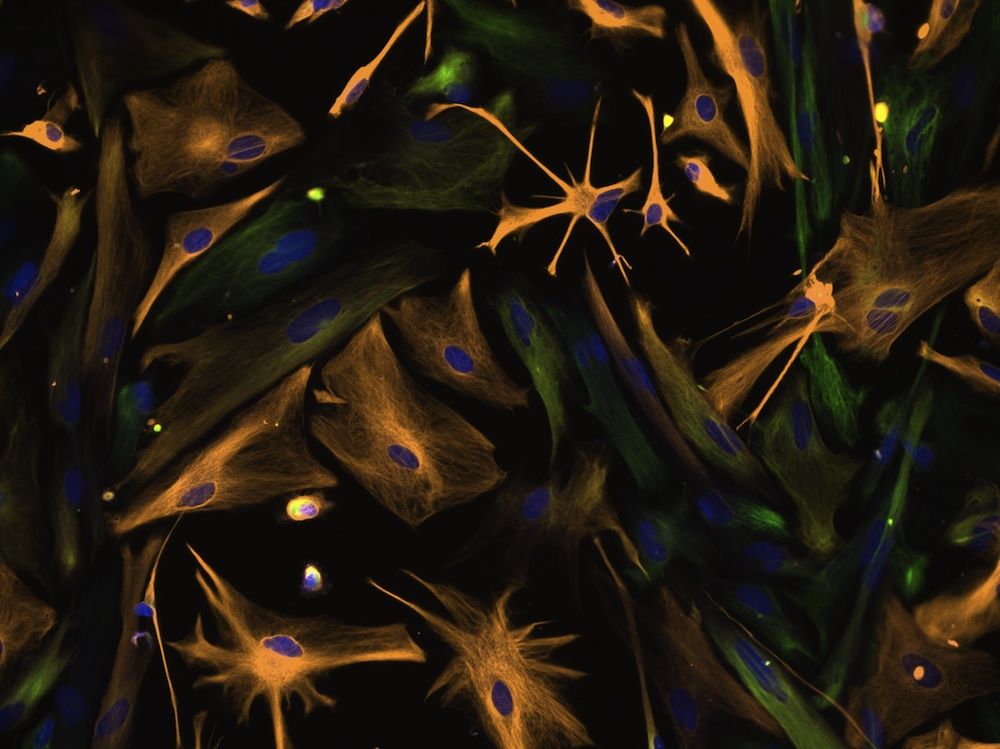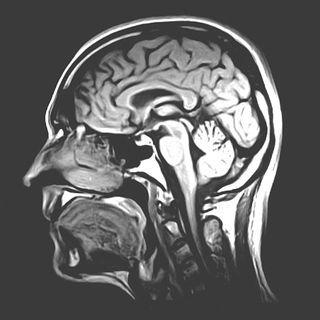Obama Announces Huge Brain-Mapping Project

President Barack Obama announced a new research initiative this morning (April 2) to map the human brain, a project that will launch with $100 million in funding in 2014.
The Brain Activity Map (BAM) project, as it is called, has been in the planning stages for some time. In the June 2012 issue of the journal Neuron, six scientists outlined broad proposals for developing non-invasive sensors and methods to experiment on single cells in neural networks. This February, President Obama made a vague reference to the project in his State of the Union address, mentioning that it could "unlock the answers to Alzheimer's."
In March, the project's visionaries outlined their final goals in the journal Science. They call for an extended effort, lasting several years, to develop tools for monitoring up to a million neurons at a time. The end goal is to understand how brain networks function.
"It could enable neuroscience to really get to the nitty-gritty of brain circuits, which is the piece that's been missing from the puzzle," Rafael Yuste, the co-director of the Kavli Institute for Brain Circuits at Columbia University, who is part of the group spearheading the project, told LiveScience in March. "The reason it's been missing is because we haven't had the techniques, the tools." [Inside the Brain: A Journey Through Time]
Not all neuroscientists support the project, however, with some arguing that it lacks clear goals and may cannibalize funds for other brain research.
Missing puzzle piece
Currently, scientists can monitor the activity of a single neuron using electrodes. They can watch the whole brain in action using functional magnetic resonance imaging (fMRI) and other techniques. But the middle ground eludes them. How do neurons work together in networks? What happens when the brain's circuitry breaks down?
Sign up for the Live Science daily newsletter now
Get the world’s most fascinating discoveries delivered straight to your inbox.
To find out, Yuste and his colleagues say, researchers must be able to monitor whole, interacting networks of neurons at once. Scientists also need tools to alter the action of individual neurons in a circuit in order to test the effects of a single cell on the whole system.
The plan, as laid out in the journal Science, is to begin with small-brained invertebrates and move up in brain complexity. Within five years, the researchers write, scientists should be able to monitor tens of thousands of neurons at once — within 10 years, hundreds of thousands.
By year 15 of the project, the researchers plan to be able to monitor million-neuron networks, the size of an entire zebrafish's brain. This would also allow scientists to study significant chunks of the mouse cortex in one fell swoop.

The scientists argue that the project would help develop technology such as nanoscale neural probes that could be used in the clinical treatment of brain problems. If successful, the project could also help explain the origins of autism, schizophrenia, dementia and depression. Additionally, it could lead to new treatments for stroke, spinal cord injury and other neurological diseases, they wrote.
"All these brain diseases are also missing that piece," Yuste told LiveScience, referring to an understanding of neurocircuitry. "It's very likely that there are both mental diseases and also neurological diseases that will be greatly advanced by these technologies."
Money and criticism
Yuste declined to give an expected price tag for the project, saying that funding decisions are up to funding agencies (the scientists expect a mix of public and private funding). However, the project's advocates compare the Brain Activity Map to the Human Genome Project, which cost $3.8 billion over 13 years.
That investment was worth it, Yuste said. "Every dollar invested in the human genome technology brought back $140 to the economy," he said. [Unraveling the Human Genome: 6 Molecular Milestones]
That economic number comes from a report commissioned by the Life Technologies Foundation and conducted by the Battelle Technology Partnership Practice, which found the benefits in genomics-related employment and subsequent tax revenue. Larger-scale benefits in the form of technological impacts on medicine, agriculture and other fields are only just beginning, the report concluded.
Current federal funding cuts to science are worrying, Yuste said, but he sees the Brain Activity Map as a much-needed shot in the arm to raise public and congressional support for science.
"I think the best medicine at a time like this is to propose ideas like BAM, to energize the troops, so to speak," he said.
Not all the troops in neuroscience are energized, however. The mapping project has come under criticism for its focus on functional circuitry as opposed to anatomy, and for having a more nebulous end goal than the Human Genome Project's simple "Map the human genome."
"I don't think that their particular approach of trying to map the brain through imaging is really necessarily the way that's the best reflection of what is actually going on in the brain," said Don Stein, director of the Brain Research Laboratory at the Emory University School of Medicine, who has been critical of the project. "They're making a huge gamble."
The brain is so plastic, re-writing circuits in response to environmental changes, Stein told LiveScience, that any map would be unreliable and ungeneralizable to larger contexts. He and other neuroscientists also worry that the brain project will pull resources from other worthy neuroscience causes.
"Do you put everything into this kind of 'moonshot' approach at the expense of everything else?" he said.
Yuste argues that BAM will benefit neuroscientists across the board. He envisions "brain observatories" where scientists in any brain field could come and use the neural circuit-monitoring tools on projects of their own.
"I think a lot of these people view the BAM as a zero-sum game, and they want to protect their own field, without realizing this is a positive-sum game," he said of critics. "To understand the brain, we need the anatomical pathways, but crucially, we need to know the function of the circuits. It's hard to argue against gathering new knowledge."
Follow Stephanie Pappas on Twitter and Google+. Follow us @livescience, Facebook & Google+. Original article on LiveScience.com.

Stephanie Pappas is a contributing writer for Live Science, covering topics ranging from geoscience to archaeology to the human brain and behavior. She was previously a senior writer for Live Science but is now a freelancer based in Denver, Colorado, and regularly contributes to Scientific American and The Monitor, the monthly magazine of the American Psychological Association. Stephanie received a bachelor's degree in psychology from the University of South Carolina and a graduate certificate in science communication from the University of California, Santa Cruz.











